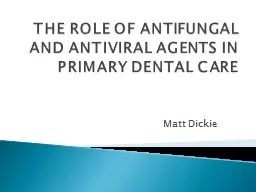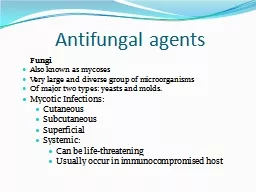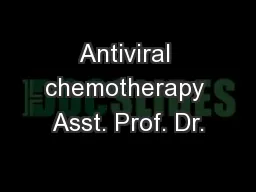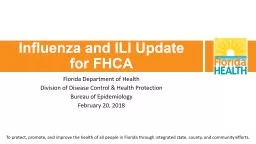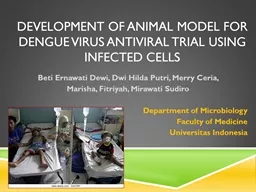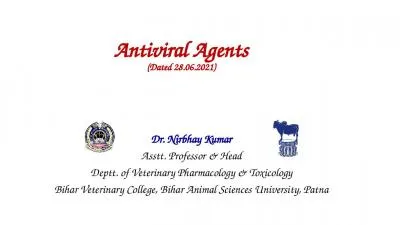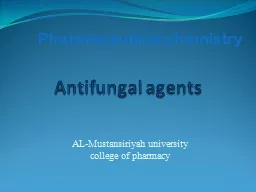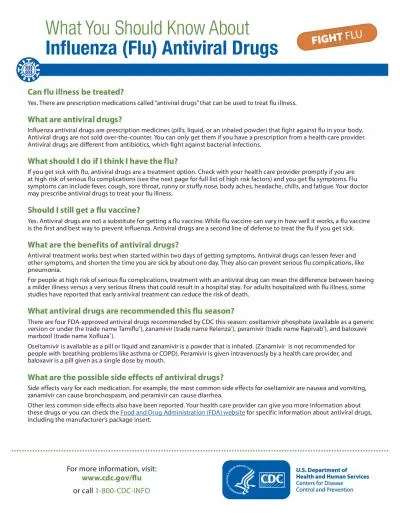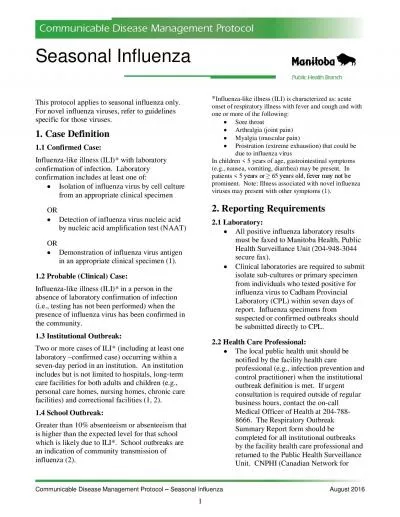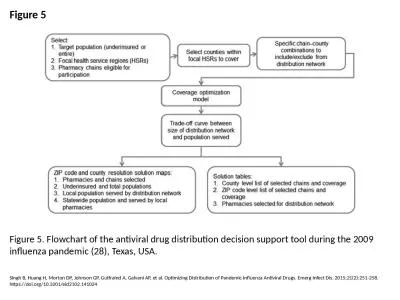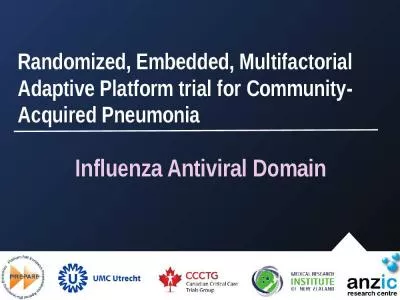PPT-THE ROLE OF ANTIFUNGAL AND ANTIVIRAL AGENTS IN PRIMARY DENTAL CARE
Author : ethlyn | Published Date : 2022-05-15
Matt Dickie Significantly limited spectrum of antifungal and antiviral drugs when compared to the range of antibiotics Essentially there are three antifungal agents
Presentation Embed Code
Download Presentation
Download Presentation The PPT/PDF document "THE ROLE OF ANTIFUNGAL AND ANTIVIRAL AGE..." is the property of its rightful owner. Permission is granted to download and print the materials on this website for personal, non-commercial use only, and to display it on your personal computer provided you do not modify the materials and that you retain all copyright notices contained in the materials. By downloading content from our website, you accept the terms of this agreement.
THE ROLE OF ANTIFUNGAL AND ANTIVIRAL AGENTS IN PRIMARY DENTAL CARE: Transcript
Download Rules Of Document
"THE ROLE OF ANTIFUNGAL AND ANTIVIRAL AGENTS IN PRIMARY DENTAL CARE"The content belongs to its owner. You may download and print it for personal use, without modification, and keep all copyright notices. By downloading, you agree to these terms.
Related Documents

